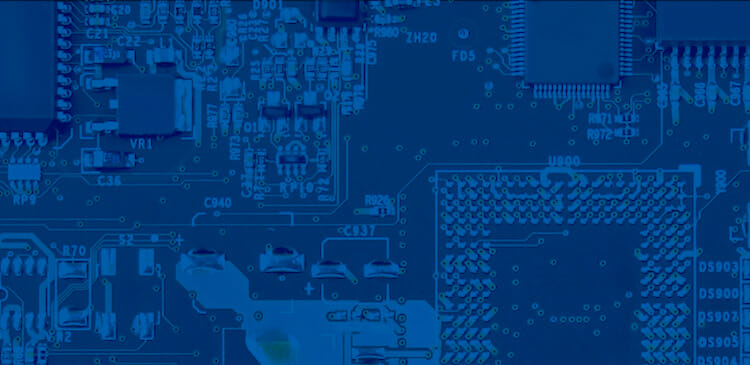

Boasting low ESR and high energy savings, ECS Inc. offers the world’s smallest quartz tuning fork in the passive components industry. SMD tuning forks resonating at 32.768 kHz are ideal for wearable technology, IoT applications, drug-delivery devices and industrial applications. Circuit packages as small as 1.2 mm x 1.00 mm with low-profile component heights are available. A wide variety of temperature ranges are available, with options up to +105°C.
To understand why this specific frequency was chosen, you have to understand that a crystal’s frequency is determined by its size and shape. You must also know that one Hertz equals one second. So, a one-Hertz crystal would precisely track one second at a time. Unfortunately, a one-Hertz crystal would be so large that it would be better suited in, say, Big Ben, as opposed to a wristwatch. This is obviously impractical for many reasons.
Enter the precise frequency of a 32.768 kHz crystal. When built into a watch, a 32.768 kHz crystal can have its characteristic frequency split using a toggle flip-flop, or a T flip-flop. This T flip-flop can cut the frequency of the quartz crystal in half. Therefore, by following some simple arithmetic, one could connect 15 T flip-flops in an uninterrupted sequence, making the output frequency produced by the 32.768 kHz crystal is exactly one Hertz. This is why it is referred to as a timing solution.
It’s no secret that quartz crystals offer the best option for precise time recording. Since the boom of quartz watches in the 1970s, crystals have been the only choice for timing solutions. By installing a quartz crystal and using an accompanying energy source to make the quartz vibrate, watch manufacturers were able to keep track of time far more accurately than the mechanical systems of old.
Low Current Consumption
Tuning fork crystals inherently consume less power in an integrated circuit, reducing the overall power consumption for both dynamic and static power. This is ideal for many electronics that aim for exceptional battery life.
Less Temperature Dependency
Since the structure and density of quartz crystals varies with temperature, frequency deviations can occur. To combat this, ECS Inc.’s team of engineers can create AT cut quartz blanks with specific angled cuts to offset this deviation. This results in a more precise and reliable timing solution, and makes the component much less dependent on temperature.
Most Accurate Precision
ECS Inc.’s quartz crystal tuning forks, particularly those found in our temperature-compensated crystal oscillators (TXCOs), are some of the most precise real-time clocks available. Thanks to precise temperature compensation in this particular type of component, the frequency stability is unmatched.
Cost-Effective
Because 32.768 kHz crystals are optimized for low power, take up relatively little space on the circuit board and are the most-used component in watches and other timing devices, their cost is significantly lower than other crystal components, particularly in high volumes.
Get in touch with a sales representative if you need more information about 32.768 kHz crystals or have questions about a specific requirement in your application design. Contact the ECS engineering team at engineering@ecsxtal.com for assistance with products, board respins and any additional questions. Refer to the ECS Inc. online resource library for more specifications and information about products and applications.
Visit the Resource Library